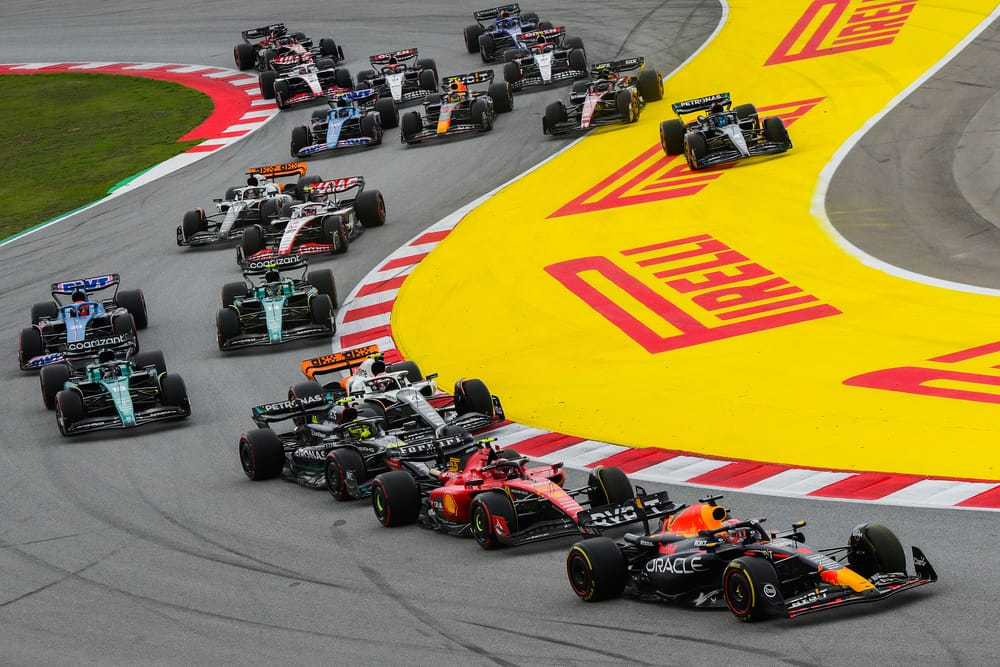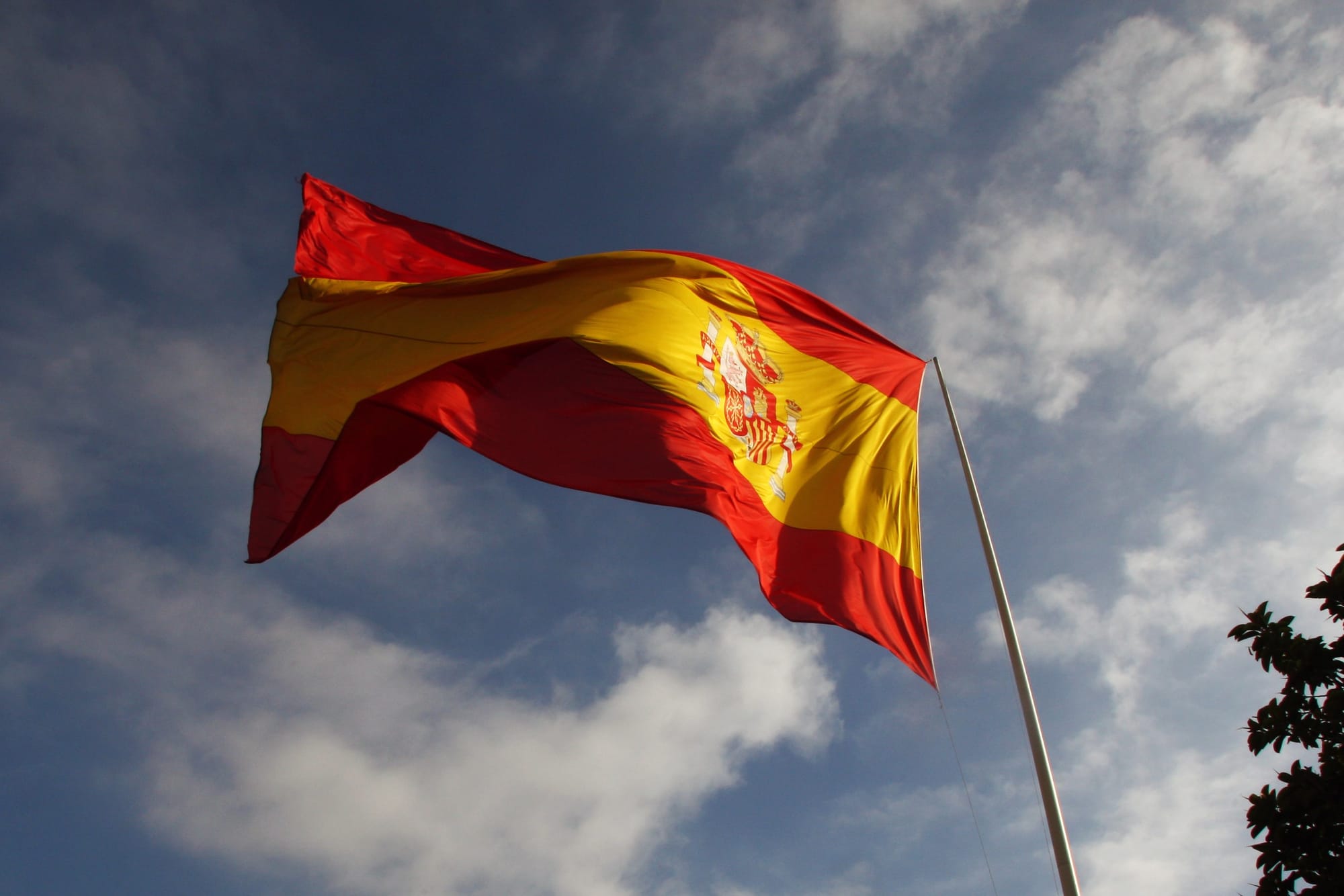Up Next

Formula 1 has finally announced its long-rumoured deal to head to Madrid, with a 10-year deal in place to race in the Spanish capital starting from 2026.
That race - which will be held at the IFEMA exhibition venue, around 30 minutes from the centre of Madrid, on a hybrid track of sorts rather than a conventional street circuit - will take over as host of the Spanish Grand Prix.

So, goodbye Barcelona? Its future is uncertain but F1 CEO Stefano Domenicali says the current Spanish GP host venue, which has a deal with F1 that covers 2026, has a "very good relationship" with F1 and could yet remain on the calendar.
In any case, this marks a big change - and yet another street circuit on the calendar. Is it just a sign of F1 moving with the times? What are the challenges it faces to make the Madrid race a success? and What does it risk losing if it moves on from Barcelona altogether? Here are our F1 writers' thoughts.
Barcelona brings out the best of F1 cars
Scott Mitchell-Malm
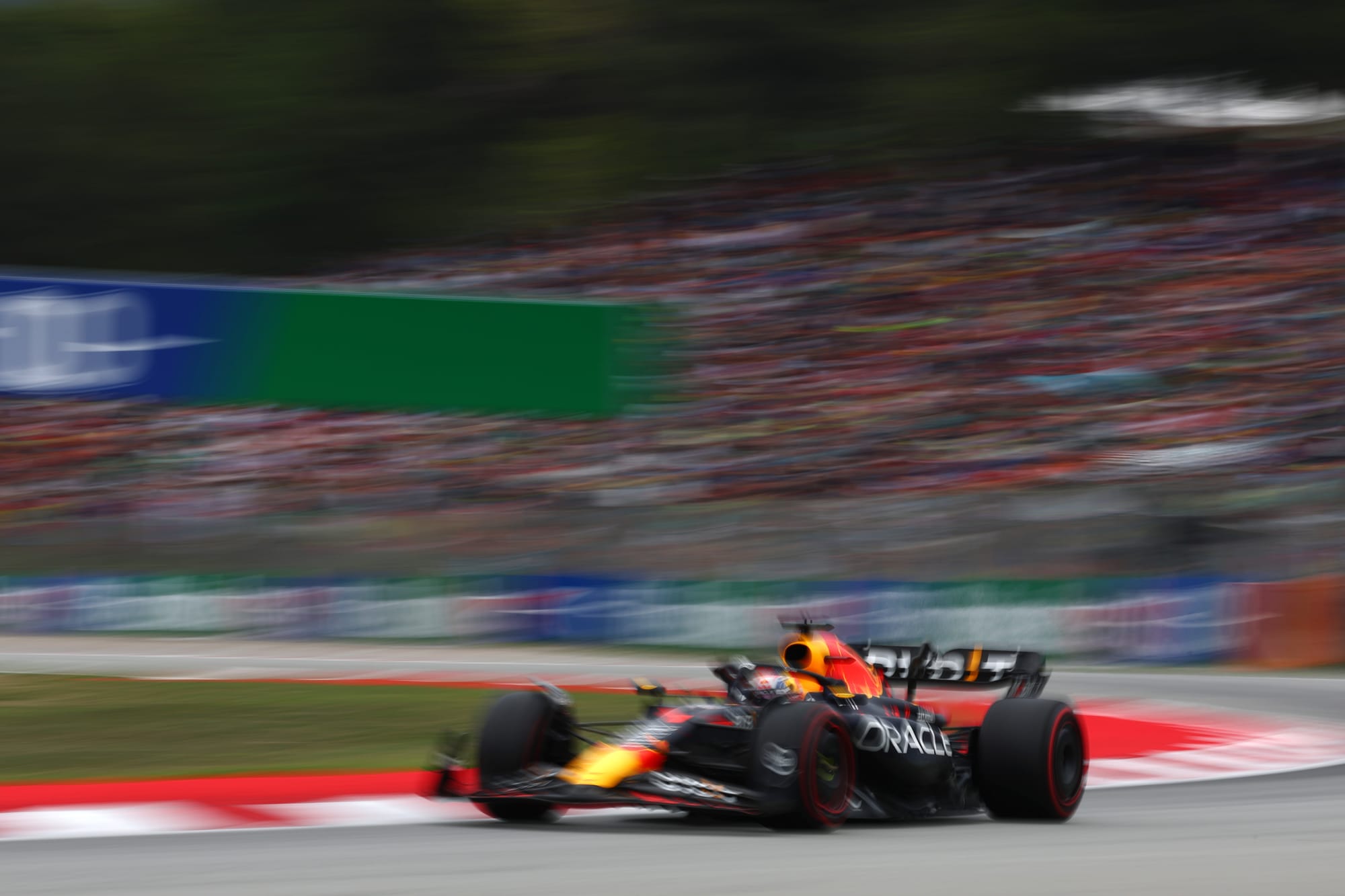
I would be surprised if a jam-packed future F1 calendar has room for two Spanish races, so while Barcelona's F1 race is not definitely heading for the axe its future is at least in the balance.
There's not a lot I would miss at the Circuit de Barcelona-Catalunya. For a long time it seemed to resist the necessary improvements as an event and a facility, and fell below the standard of a world championship. Efforts have been made to rectify that but it is one of F1's weaker events.
It is also, almost without exception, a dull grand prix. The track is not good for racing, especially in F1 cars. And it would be in my bottom three for sure.
There is one thing about it that I'll lament the loss of, though. This circuit brings out the best in F1 cars, and by extension the best in drivers. The ratio of high-speed sweeps and medium-speed corners really do let the best-performing machines flex their muscles, even if there are still the usual limitations like tyre management, and it has been the site of some absolutely crushing performances in recent years by the likes of Max Verstappen and Lewis Hamilton.
When a driver is in full flow here and the car is letting them throw it around with abandon, the result is pretty stunning. And devastating for the opposition. That will simply not be replicated by yet another street circuit (or semi-street track or however Madrid ends up being characterised).
Let's hope this isn't the end for Barcelona
Mark Hughes
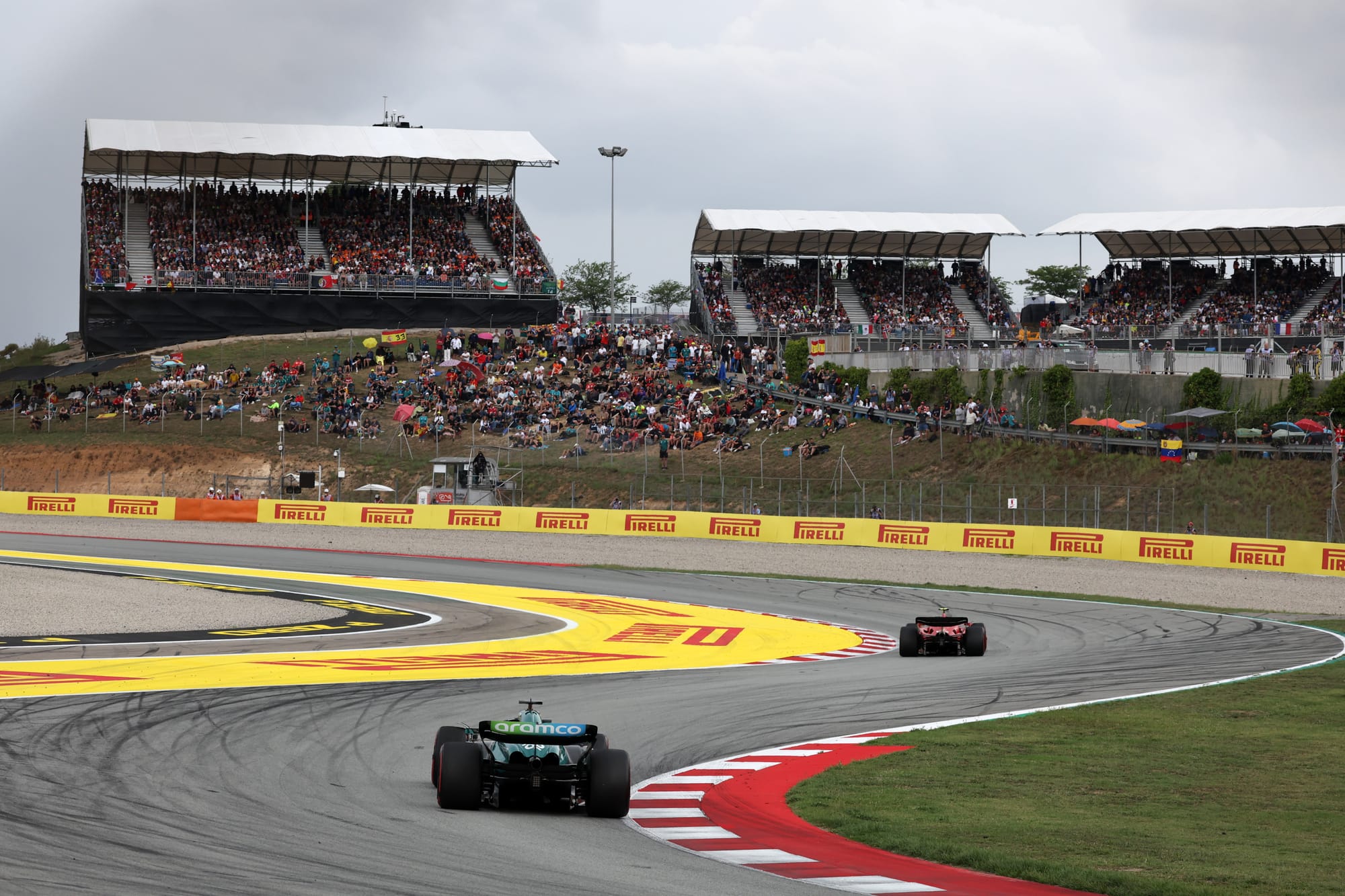
OK, so another destination city street circuit. That's great and it conforms to F1's business plan nicely.
But just thinking below F1 for a moment, to the lower categories and the racing network and community which is built up around permanent tracks like the Circuit de Catalunya. These teams in junior categories of racing provide the future talent the top category draws from - drivers and engineers. They need a healthy contained environment in which to flourish and Barcelona, just like Silverstone, helps provide this. Suppliers and specialists can all be geographically close and this raises the standard of the teams.
If the track loses its grand prix - which has not yet been confirmed - how long would it be able to stay in business? As well as chasing the money, F1 also needs to consider the grassroots which supplies it with the new blood of the future.
F1 has to move with the times
Gary Anderson
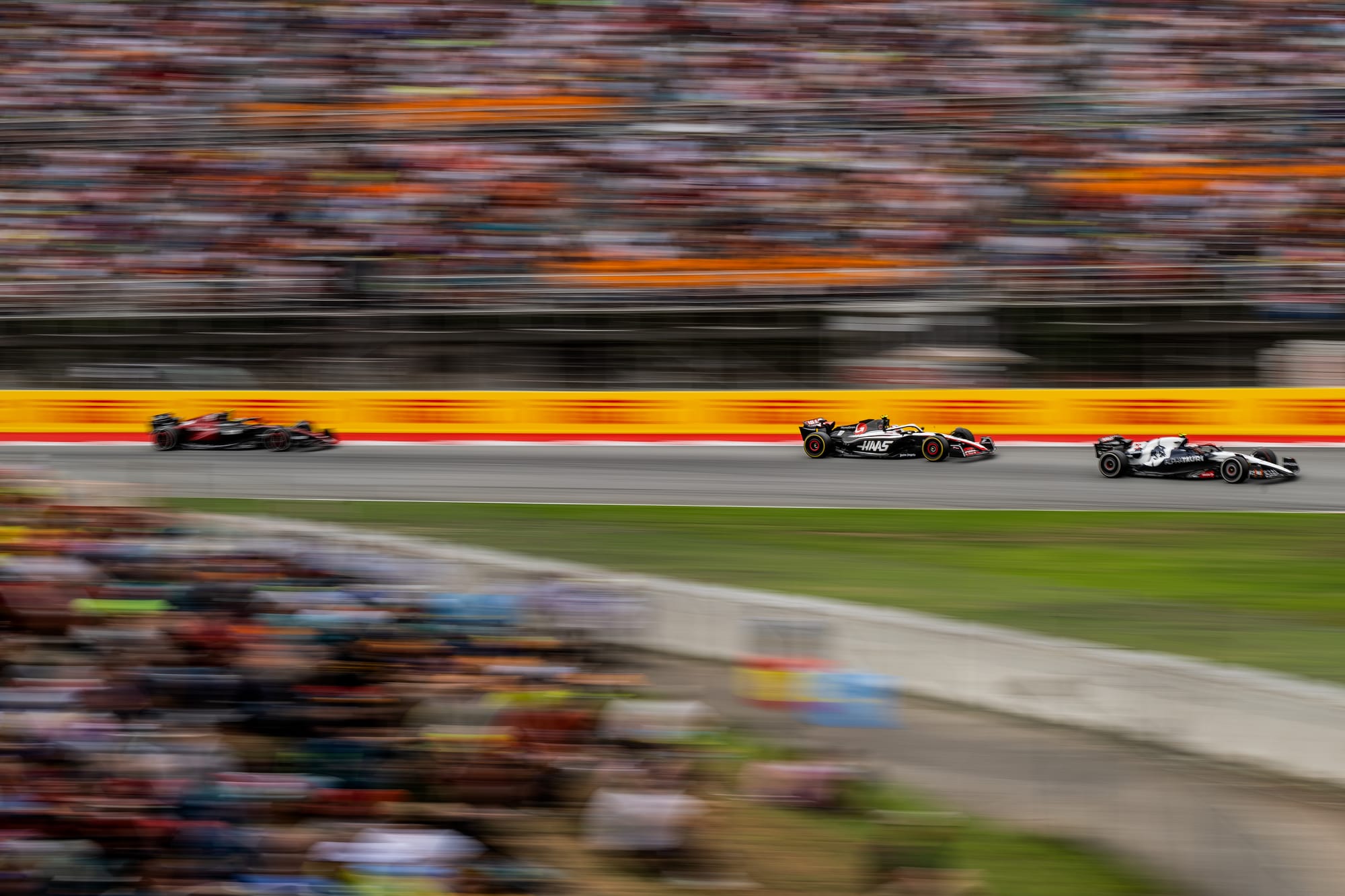
My first race in F1 in 1973 was at Montjuic Park, a street race up in the hills in Barcelona, then we went to Jarama for many years and then onto Barcelona in 1991. We have also had Jerez on a couple of occasions, so the Spanish Grand Prix has been around different locations in Spain for many years - so to me it’s no real surprise it potentially heads to the capital after 2026.
Street tracks are street tracks and they should never replace proper racing circuits, but if the people can’t get to the tracks because of a country's travel infrastructure then taking the race to the people is really the only thing that can be done.
There is room for a selection of all types of circuit: old and new, permanent and temporary. We need to make sure we keep the older, traditional circuits like Monza, Silverstone, Monaco and Spa plus Suzuka, which is one of the drivers' favourites, and after that F1 can select which of the new tracks brings the best ‘racing’ spectacle and which the drivers think offers the best challenges.
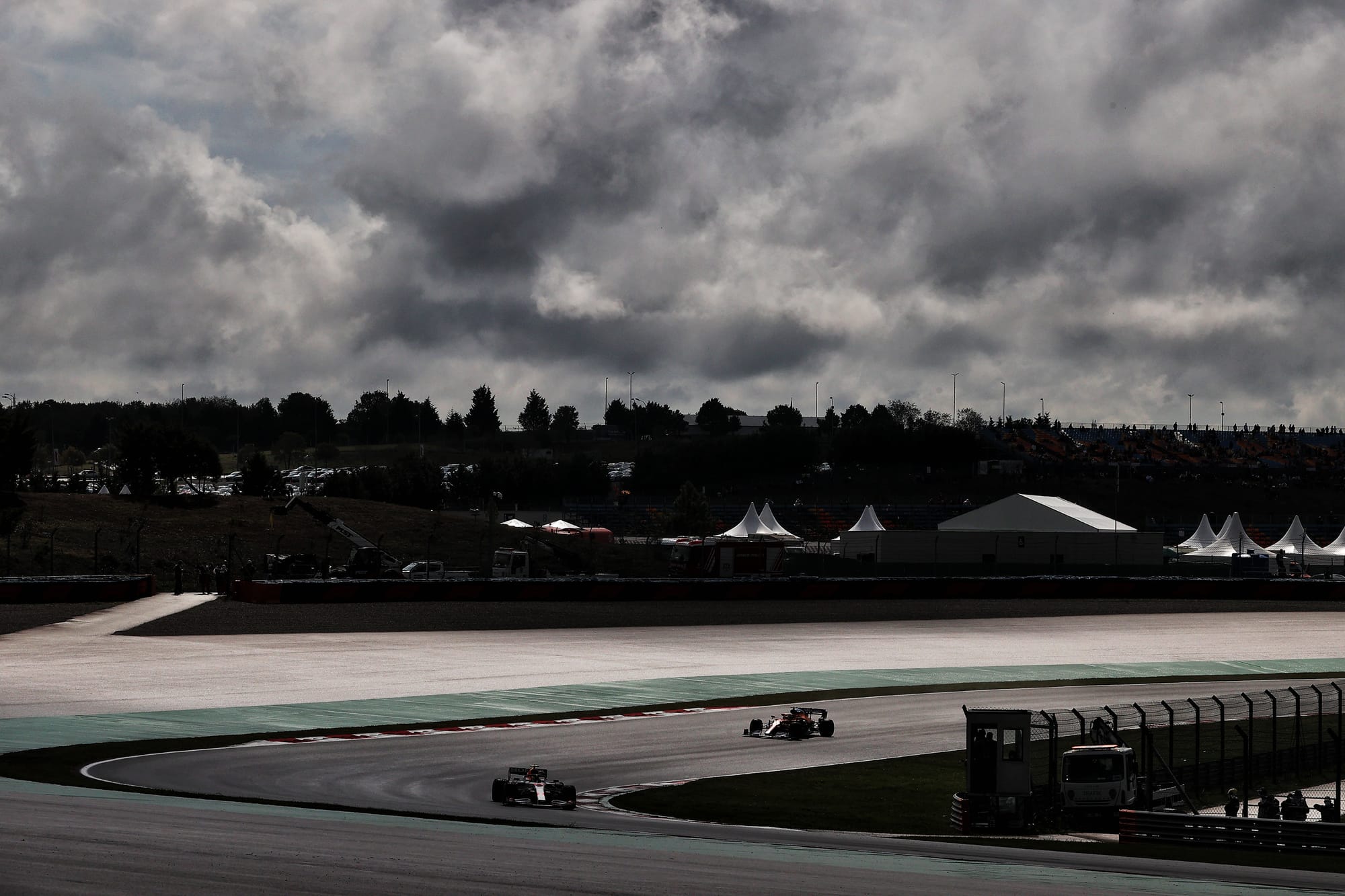
If you just think about it, Turn 8 in Turkey was one of those challenging corners but now the Turkish Grand Prix is a distant memory, partly because it was a nightmare to get to.
We have also lost the Nurburgring and Hockenheim, which even after they were dramatically dulled down still had tradition. Barcelona hasn’t really offered great racing for quite a few years so perhaps there is room for a replacement, and we need to move with the times.
UNLIKELY WARNINGS FOR F1
Glenn Freeman
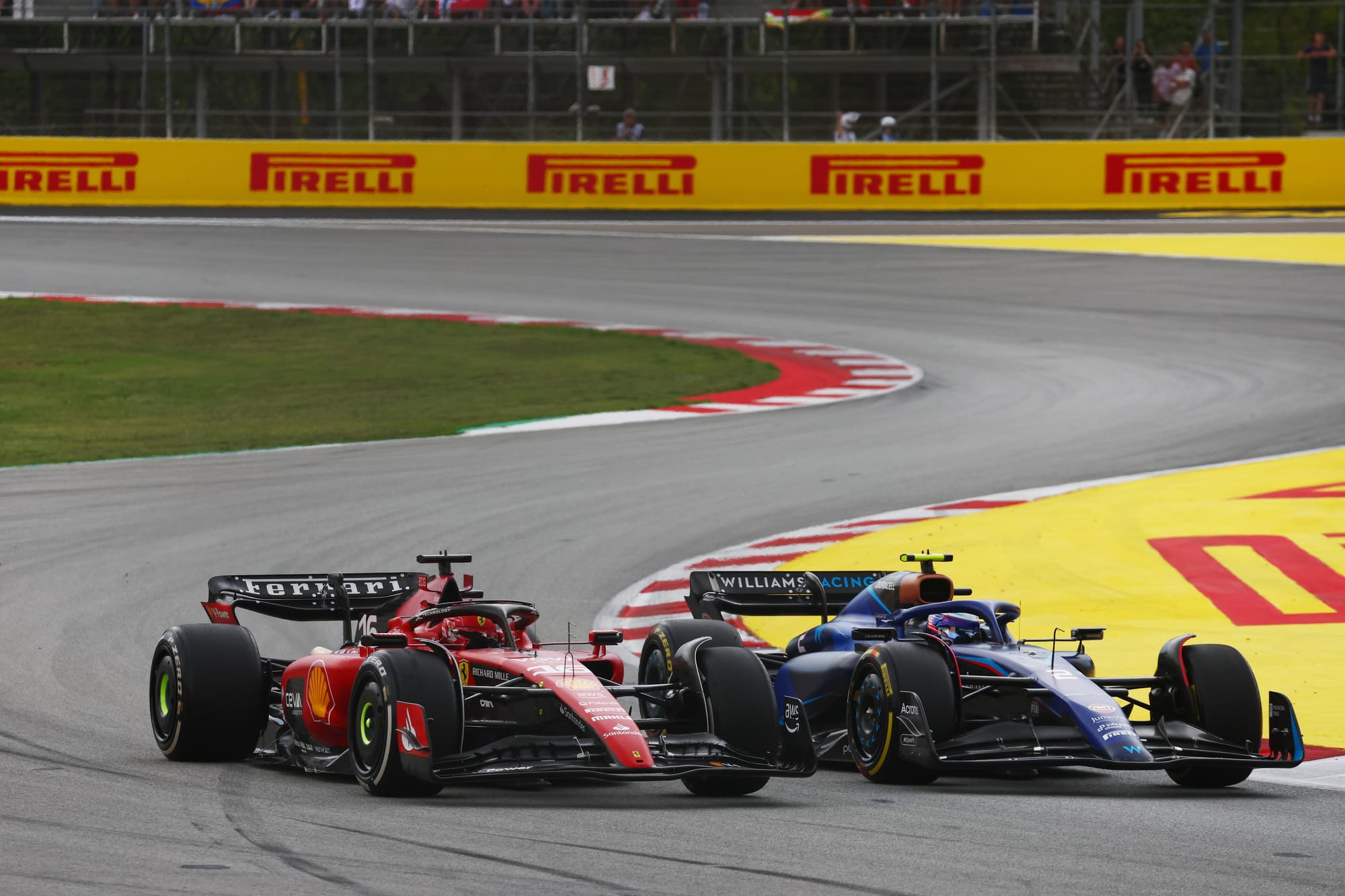
Whatever this means for Barcelona's long-term future as an F1 venue, there have been a couple of warnings recently that should be on F1's radar as it continues to add street or semi-permanent tracks to the schedule.
Who knows if the latest one was a coincidence or not, but last week Red Bull posted a poll on X asking fans if they preferred permanent tracks or street circuits.
What do you prefer? 🤔
— Oracle Red Bull Racing (@redbullracing) January 17, 2024
At the time of writing the poll hasn't concluded, but the results are clear: 85% of nearly 30,000 voters chose permanent tracks.
At the end of last year EA Sports, which publishes the F1 game, revealed that in-game data from F1 23 showed players prefer to race on "traditional tracks over street circuits".
That might seem like an irrelevant piece of information here, but I think it's telling. Street tracks are good for F1's business model, and they often look nice on TV, but the drivers don't usually enjoy them that much, fans don't get that excited by watching them, and people don't even want to play them as much on the official F1 game.
It's another metric that suggests these types of races do little to help F1 connect with its fanbase.
Liberty will have to work hard to make Madrid work
Edd Straw
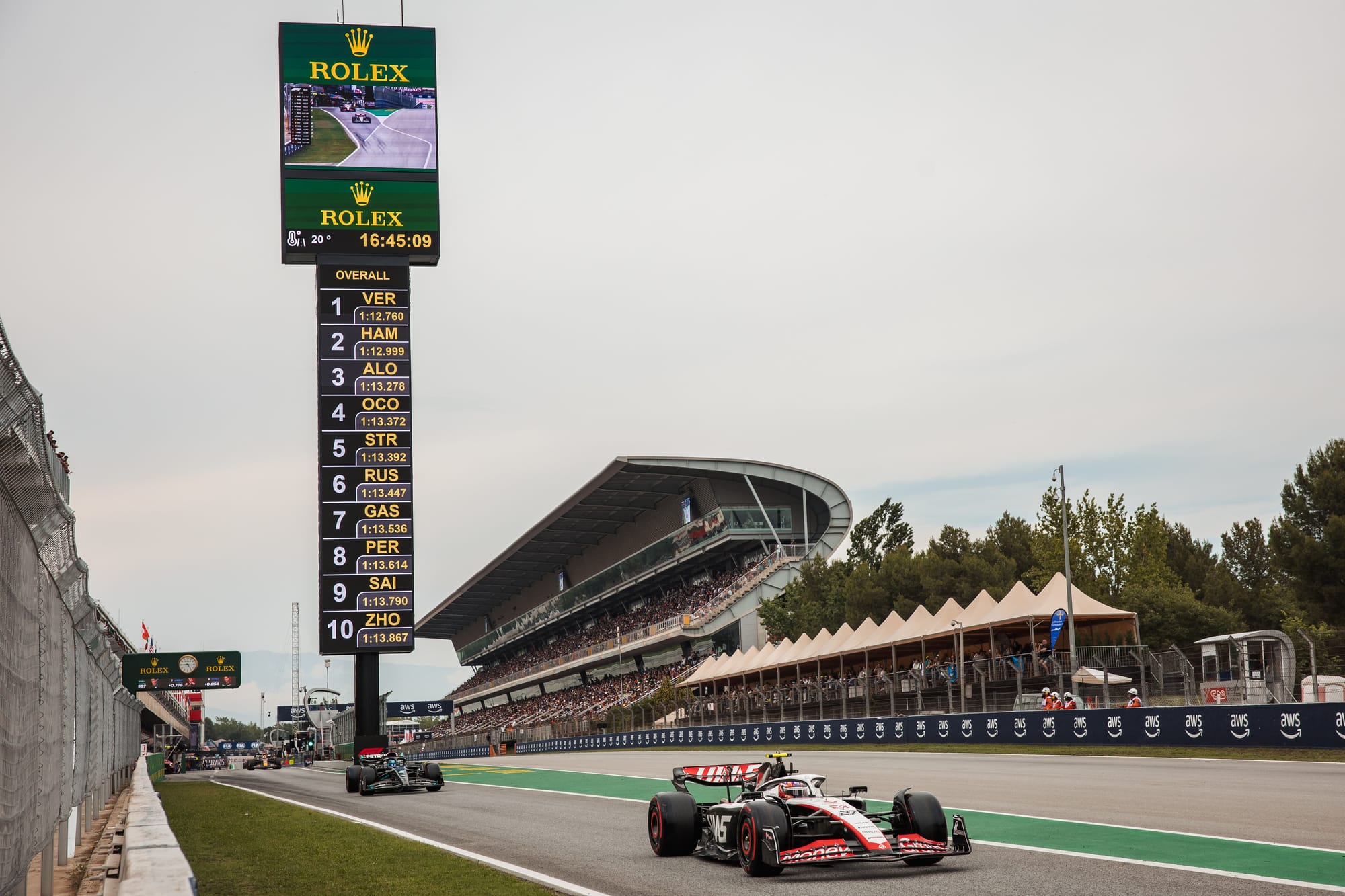
There's a curious tension in F1 race scheduling whereby having races in major city centre locations is hugely desirable from one perspective, but unappealing from another.
Having a grand prix in Spain's largest city is a huge positive in terms of attracting fans, the potential for a spectacular backdrop and commercial interest. After all, while the Spanish GP was referred to as being in Barcelona ever since it was first staged at the Circuit de Catalunya it actually took place a 30-minute drive from the city. It was hardly a spectacular race that looped around the Sagrada Familia.
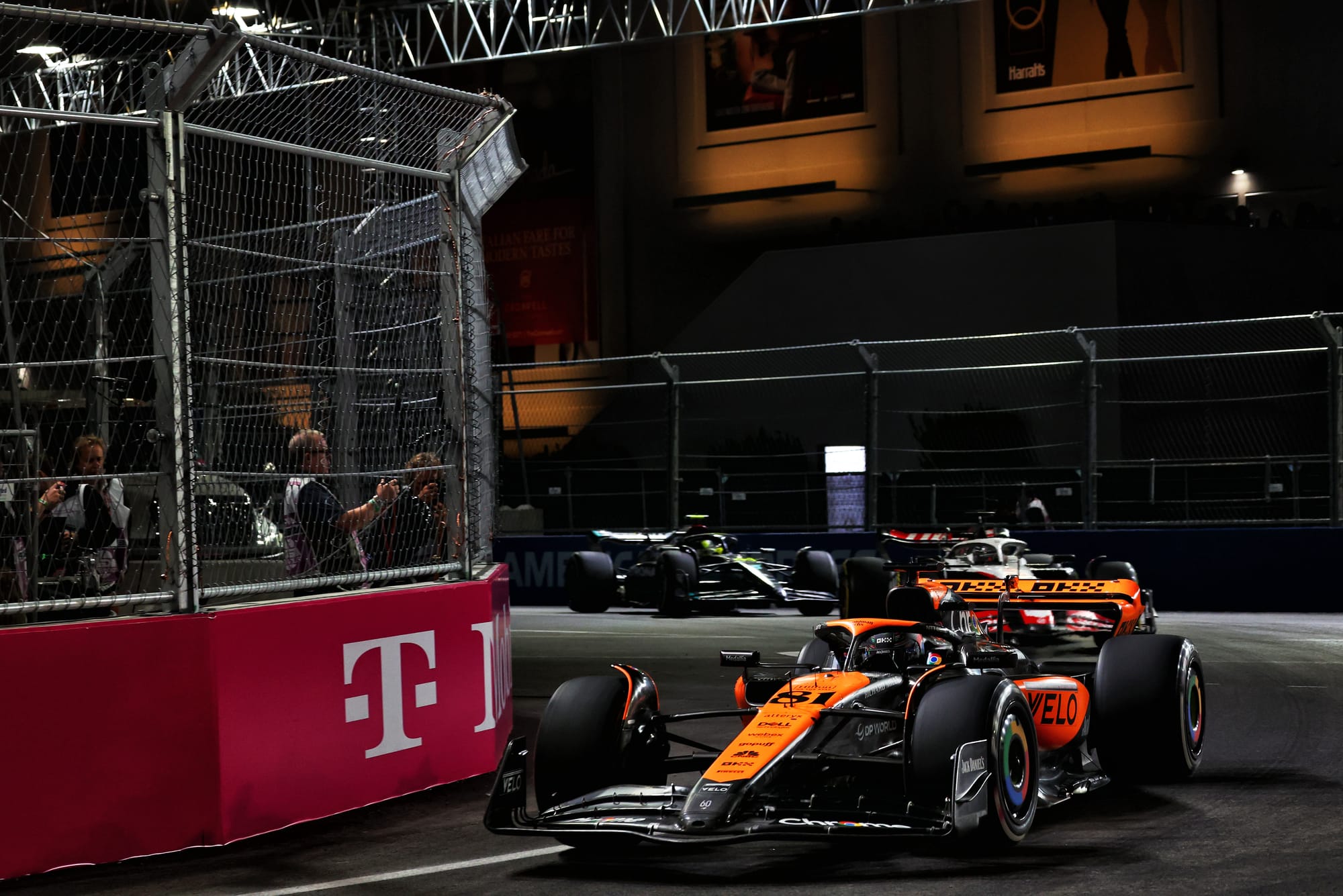
The problem with city-centre races is the challenge of creating a good track. As Las Vegas showed, if you have the right road layout you can create a circuit that produces good racing but that is at the lower end of the F1 scale in terms of driving challenge. The growing number of street circuits means they risk becoming repetitive and lose that special feel that marks them out.
That's not to say that conventional out-of-town road courses are perfect. Barcelona is a demanding circuit for cars and drivers, but has only very occasionally produced flashes of great racing.
Let’s go racing in Madrid!
— Formula 1 (@F1) January 23, 2024
Say hello to the brand-new circuit built around the @IFEMA Exhibition Centre ✨#F1 pic.twitter.com/klysY8HAiT
For that reason, Madrid is probably going to be a net benefit for F1. However, while Liberty Media has been very effective at facilitating such races there also needs to be serious consideration given to the nature of the calendar that is being constructed and the show street tracks produce.
After all, that also contributes to the bottom line, and more so than any one race could, but requires more ingenious and creative leadership to make it work.
This makes it harder for rookies
Jack Benyon
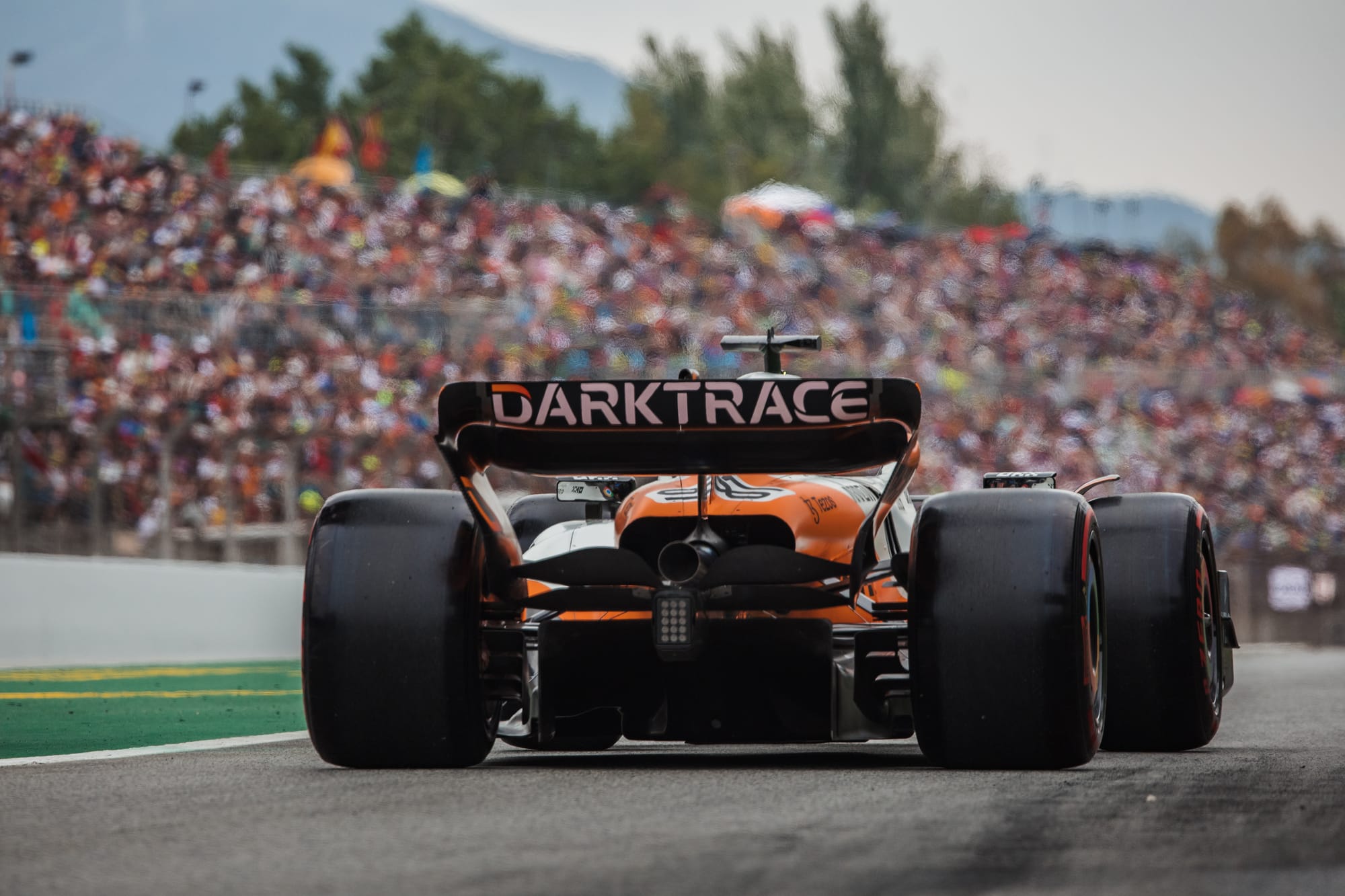
I don’t think there will be an outpouring of grief at the potential loss of Barcelona, but there is one area it is a shame to lose from the calendar.
It’s one of the most familiar tracks for drivers coming into F1, somewhere they will be at less of a knowledge disadvantage to more established drivers than at other tracks in their rookie campaign.
Barcelona isn’t just extensively used by Formula 2 or Formula 3; plenty of other series lower down the ladder make use of it for tests and races. It’s almost certainly the best-known track by any driver coming into an F1 season, although the trend of some of the bigger series testing in the Middle East at tracks such as Abu Dhabi, Sakhir and Lusail does challenge that slightly.
We know that it’s harder than ever to get into and stay in F1 with the standard being so high. Barcelona is at least one track where rookies didn’t have to spend so much precious time learning the nuances of the track. Losing that would be a shame.

